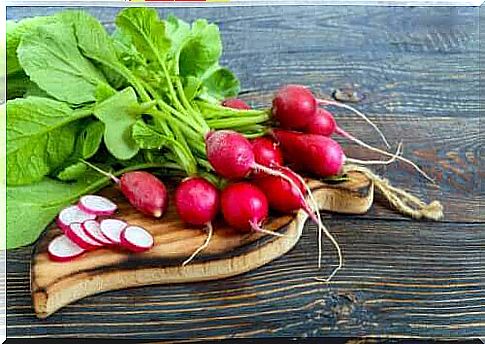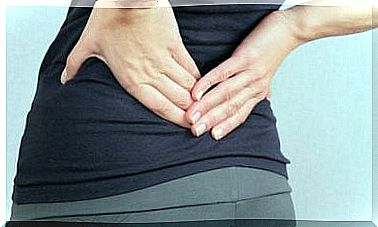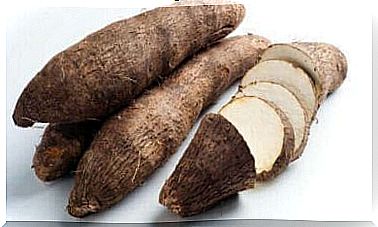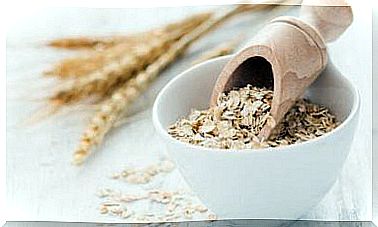The Benefits Of Radish Leaves

Radish leaves are not one of the most popular foods in the kitchen. However, if you already knew the benefits of radish leaves, then you would definitely include them in your diet. They can also be combined well in any salad or dish due to their mild taste.
When using this plant, the first thing you do is cut off the leaves. However, they contain nutrients that could have a positive impact on your health.
If you are still hesitant to try them, we will tell you about their properties and how to consume them. You might just change your mind!
Radish leaves, what are their benefits?

Frankly, there are not many studies on their properties. However, in popular culture, radish has long been used as an adjuvant to treat certain mild conditions such as fever, sore throat, biliary disorders, and inflammation. Read more about their benefits below.
They help supplement your diet
Due to their low calorie content, you can include radish leaves in any diet to maximize their benefits. You can even mix them with kale or another green leafy vegetable in salads and enjoy them.
Related to this, an Illinois University Extension publication describes the nutritional components of a wide variety of vegetables. The publication states that half a cup of radish has about 12 calories and practically no fat.
Radish leaves contribute to healthy digestion
Radish leaves can help ease digestion. While there is still no scientific evidence to prove its effects, a number of animal studies suggest that their fiber content may be responsible for this benefit.
Indeed, research published in the Food and Agricultural Organization of the United States states that consuming this part of the plant can improve gastrointestinal function and fat metabolism.
It may have effects for diabetes
Diabetes is a disease in which the blood glucose level rises above normal parameters. This condition is quite common in the world’s population and results from low insulin production by the pancreas or the tissue’s resistance to its action.
According to a review published in the journal Nutrients, all parts of the radish have properties that help regulate blood sugars. The leaves can reduce the absorption of glucose by the gut. However, further clinical studies on these effects are needed.
How To Use Radish Leaves To Reap Their Benefits?

The most common way to eat radishes is to slice them and eat them raw. However, you can use radish leaves in a variety of dishes and prepare them as you would any other leafy green vegetable. Some preparations with this food are the following:
- Salads: Just like lettuce or spinach, you can add radish leaves to any salad.
- Soups: You can cook radish leaves in soup and make them part of the variety of vegetables contained in them.
- Milkshakes: You can add some radish leaves when making these drinks. They add nutritional value without affecting the taste.
- Omelette: This dish is easy to make and has a very pleasant taste. The preparation is the same as an omelet with egg and spinach, only you use radish leaves instead of the last ingredient.
- Fried: you can also stir-fry them together with other vegetables in the wok. You just need salt and all the spices you like.
Contraindications and side effects
Consumption of radish leaves is almost always considered safe. However, in large amounts, it can irritate the stomach. A number of people may also be allergic to this food, although it is uncommon.
At the same time , women who are pregnant or breastfeeding should be extra careful about consuming radishes. This is because there is not enough information (Spanish link) about their effects during this period.
Since it helps lower blood sugar, people with hypoglycemia should refrain from excessive intake. If you suffer from gallstones, you should also be careful about eating radish leaves. This is because this food increases the flow of bile and this action can cause sudden pain due to the blockage of the stones.
Finally, remember that using this plant in moderate amounts has no adverse effects. You can therefore include it in your diet and test its benefits without any problems. If you have symptoms, it is best to see a doctor.









